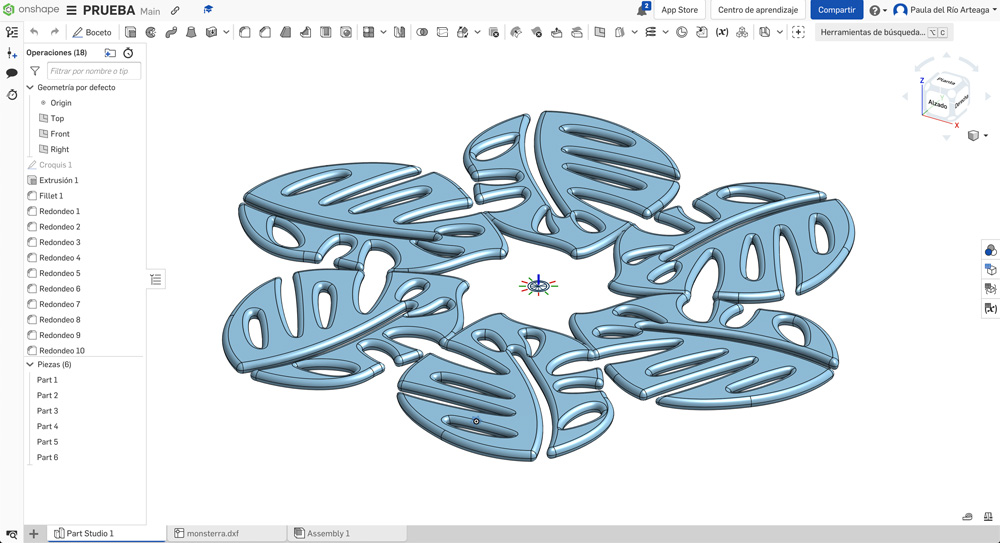Weekly task
During this week class, we went deeper into the differences between vectors and pixels for 2D design, as well as mesh and Nurbs in 3D design. Nurbs are composed of the average between the slices of a surface. Talking about 3D design we also tackle a bit the concept of generative design, understanding it as the most optimized way of fabrication. It bases its principles on nature. A generative design by a computer, for example, would try to join two components together using the most resistant structure with less material use.
The day was followed by an extensive introduction from Victor about Blender, its history community and its uses. Blender is an open-source software generally used to create animation in 3D and 2D as well, but it offers a wide range of possibilities to model engineering mechanisms and transfer them to other CAD softwares like Rihno, Fusion 360, ...
For the 3D design, I wanted to experiment with Fusion 360 but I had still some problems installing the program on my computer. So following the advice of my peers Jeremy and Dídac I decide to give it a try on openshape. I had some previous knowledge in Cinema 4D since I did a course in animation a couple of years ago. I thought I could achieve my desired results in that program but it turned out that I have forgotten many things and I was rustier than expected. For now, I’ve only done some testing with both softwares but I would like to do the task again on blender because I would like to add the animation and materials to make it more visually appealing. The idea of my project is to play with bioluminescence and generative coding, fractals and nature´s proportion. So I would probably repeat the task including it in another video I want to create as part of my next intervention.



